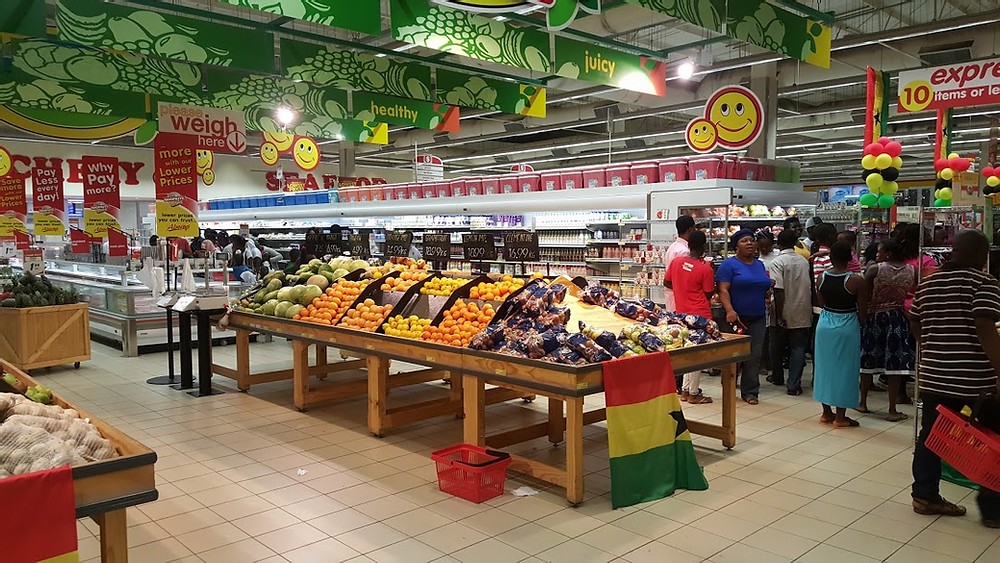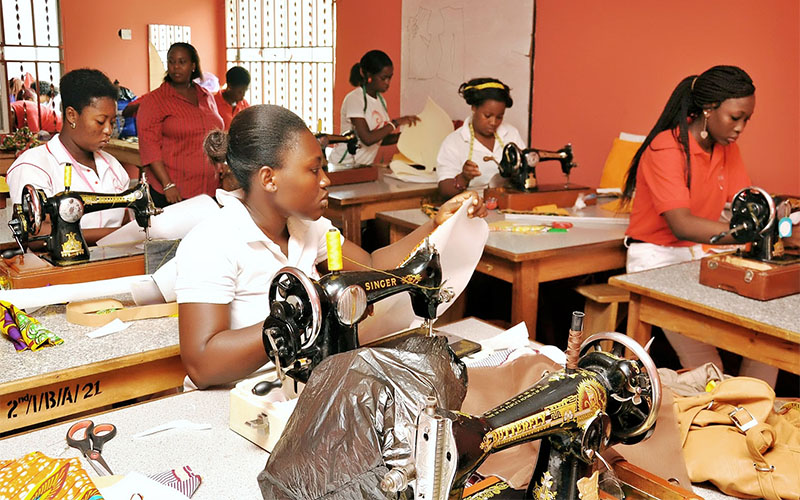Total revenues from taxes on domestic goods and services amounted to GH¢3,095.3 million in the second quarter of the year compared to GH¢4,004.07 million recorded in the corresponding quarter in 2019.
This is according to the second quarter bulletin released by the Bank of Ghana on Monday, October 12, 2020.
This represents a year-on-year decline of 22.7 percent. This amount is also 32.6 percent lower than the programmed target of GH¢4,589.4 million for the period. The total amount of tax revenue on domestic goods and services in the first quarter amounted to GH¢3,624.87.
The Bank of Ghana explained that, the domestic goods and services tax component comprises Excise Duty and Petroleum Tax, VAT collections, National Health Insurance Levy, Get Fund Levy and Communication Service Tax.
According to the Bank of Ghana, all these tax components performed below their respective programmed targets except Communication Service Tax (CST) which performed above its target by 80.5 percent.
The improved CST performance, according to the central bank, was as a result of the increased use of data by households and institutions during the lockdown period and after.
The Bank of Ghana explained that, the actual revenues realized from this tax component was “made up of Excise Duty and Petroleum Tax of GH¢390.8 million, VAT collections of GH¢1,825.4 million and National Health Insurance Levy of GH¢352.8 million. Get Fund Levy and Communication Service Tax amounted to GH¢354.8 million and GH¢171.4 million respectively to this category of tax”.
The central bank further explained that, petroleum taxes totaling GH¢301.0 million, constituted 77.0 percent of Excises for the review period, and was below its programmed target by 69.5 percent.
Similarly, VAT for the period under review missed its programmed target of GH¢2,437.1 million by 25.1 percent. It was also lower than the corresponding period in 2019 by 13.0 percent.

The Bank of Ghana attributed the decline in VAT revenues in the period to a slowdown in economic activity caused by the COVID19 pandemic.
Almost all the components of government tax revenues experienced a dip in the first half of the year.
For instance, the central bank indicated that International Trade Taxes for the second quarter of 2020 was GH¢1,167.5 million. This was lower than both the budget target of GH¢1,437.9 million by 18.8 percent and the corresponding period in 2019 of GH¢1,328.2 million by 12.1 percent.
The Bank of Ghana attributed the decline in International Trade Taxes to the introduction of the new import benchmark policy which took off in April 2019.

Similarly, Non-Tax Revenue for the review quarter totaled GH¢1,128.5 million. This amount, the central bank said, “was lower than the programmed target of GH¢2,791.3 million by 59.6 percent and GH¢1,759.2 million recorded for a similar period of 2019 by 35.9 percent”.
“Non-Tax Revenue was made up of Retention and Lodgment of GH¢428.6 million and GH¢699.9 million, respectively”, Bank of Ghana added.
Income and Property Tax
Furthermore, the recent report shows that taxes from income and property totaled GH¢5,513.2 million compared with budgeted target of GH¢6,378.0 million.
Of the total amount realized, personal income taxes raked in GH¢1,939.7 million, while company taxes and company tax on oil and non-oil were GH¢2,341.9 million and GH¢199.8 million, respectively.
Other Taxes
Other taxes comprising royalties from oil and minerals amounted to GH¢635.8 million while revenue realized from Airport Tax and National Fiscal Stabilization Levy (NFSL) were GH¢0.7 million and GH¢123.9 million, respectively.
All these developments in the various components of government revenues, resulted in the government missing its revenue targets for the review period by GH¢4,760.2 million.
“Government receipts (including grants) for the review period totaled GH¢11,050.3 million (2.9% of GDP). This was lower than the target of GH¢15,810.5 million (4.1% of GDP) by GH¢4,760.2 million, and GH¢12,657.1 million (3.6% of GDP) recorded in the corresponding quarter in 2019”.
The total government receipts, including grants, for the review period represents a year-on-year decline of 12.7 percent.



















